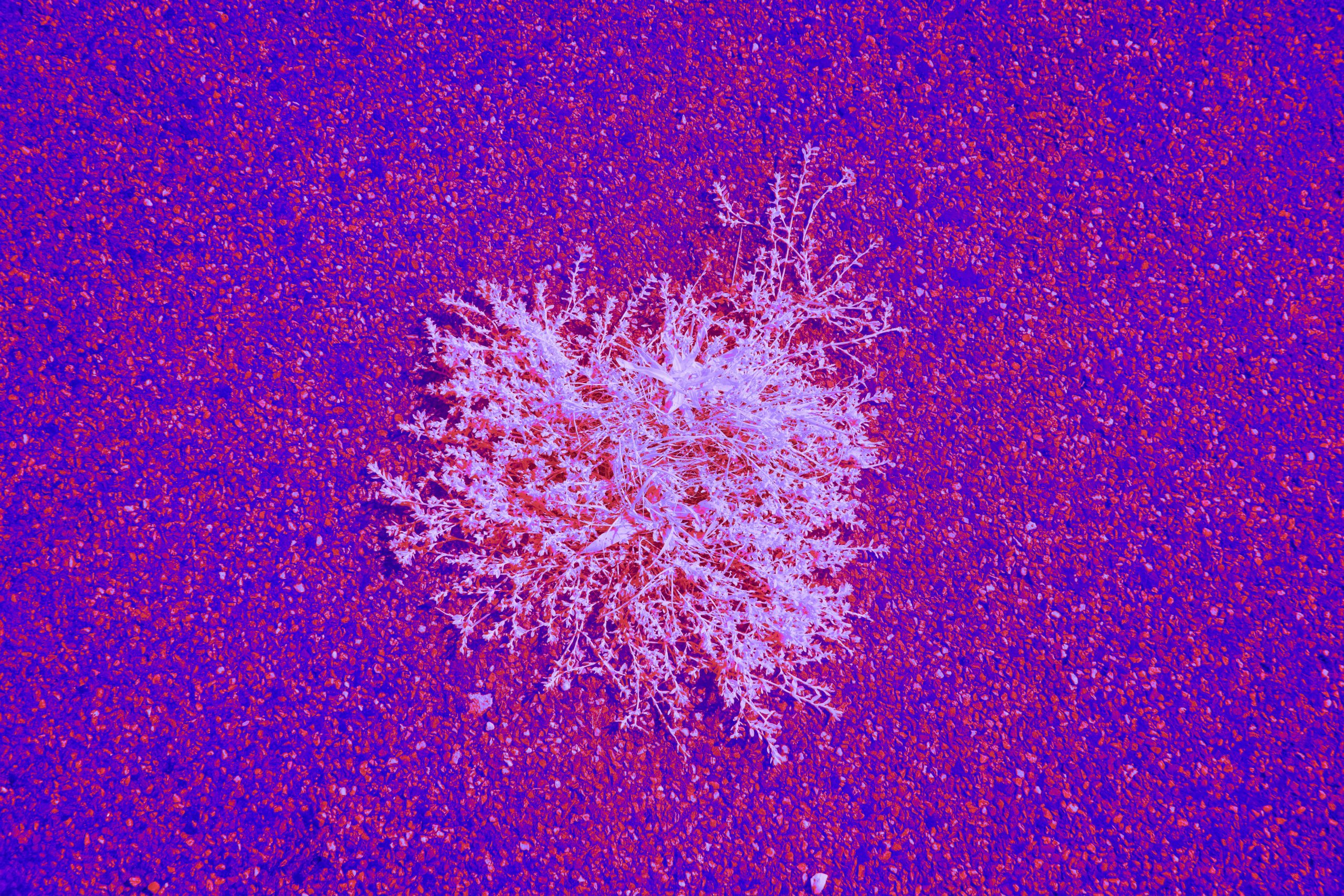Down Syndrome Research: Scientists Move Closer to “Turning Off” the Extra Chromosome
For many parents of children with Down syndrome, the diagnosis feels permanent—rooted in every cell of the body. That’s because Down syndrome is caused by something very specific: an extra copy of chromosome 21. Most of us have two copies of each chromosome, but people with Down syndrome have three copies of number 21—this is called trisomy 21. It changes how a person develops and often leads to differences in learning, growth, and health.
But a new study from scientists in Japan offers a glimpse of something once thought impossible: safely removing that extra chromosome from living cells.
What Did the Scientists Do?
Researchers used a gene-editing tool called CRISPR-Cas9—a kind of molecular “scissors” that can cut DNA in very precise places. The challenge was figuring out how to remove just the extra chromosome, without harming the two normal ones.
Their solution? A clever strategy that only targets the third copy. The extra chromosome has tiny differences—called mutations or variants—that set it apart from the other two. The scientists found these unique spots and aimed the CRISPR scissors there.
Once the cuts were made, the body’s natural repair systems removed the damaged chromosome—leaving just two copies behind, like in typical cells.
What Makes This Special?
This isn’t the first time scientists have tried to fix trisomy 21 in a lab. But earlier attempts either weren’t very effective or caused too much damage to healthy parts of the cell. This new method is different:
- ✅ It’s precise. It focuses only on the extra chromosome.
- ✅ It’s safe (so far). The rest of the cell remains mostly unharmed.
- ✅ It works. Many cells went from trisomy to disomy (the normal two copies).
To improve the results even more, the researchers used a second trick: temporarily blocking the cell’s repair systems. This helped ensure the broken chromosome would be removed instead of fixed and left in place.
What Does This Mean for Families?
Right now, this research was done only in a laboratory using cells taken from people with Down syndrome. We are still many steps away from any treatment that could be used in people. But this is a major scientific milestone. It proves that targeted correction of trisomy is possible—and could someday be used to:
- Study how Down syndrome affects development at the cellular level
- Develop new therapies for certain medical challenges linked to the condition
- Possibly correct trisomy in early cells during development (in the future)
What It Doesn’t Mean (Yet)
This is not a cure. And it’s not a treatment that’s ready for clinical use. Scientists still need to test:
- How safe this technique is across different cell types
- Whether it works in live animals (not just in a dish)
- How to deliver it to the right cells at the right time
Ethical questions also matter: would we use this only in embryos, or in living people? Would it be safe, fair, and available to all?
A Reason for Hope
As parents, we love our children exactly as they are. But we also hope for tools that might make their lives easier, healthier, and full of possibility. This research doesn’t change who a person is—it simply shows that science is learning how to work with the genetic “blueprint” in a more precise and respectful way.
For now, this study reminds us that the world of genetics is advancing quickly—and that one day, the extra chromosome that defines Down syndrome may not be quite so permanent after all.
Want to learn more? The research was published in the scientific journal PNAS Nexus in February 2025 by a team led by Dr. Kenichiro Hashizume. It’s technical, but full of exciting potential.

0 Comment